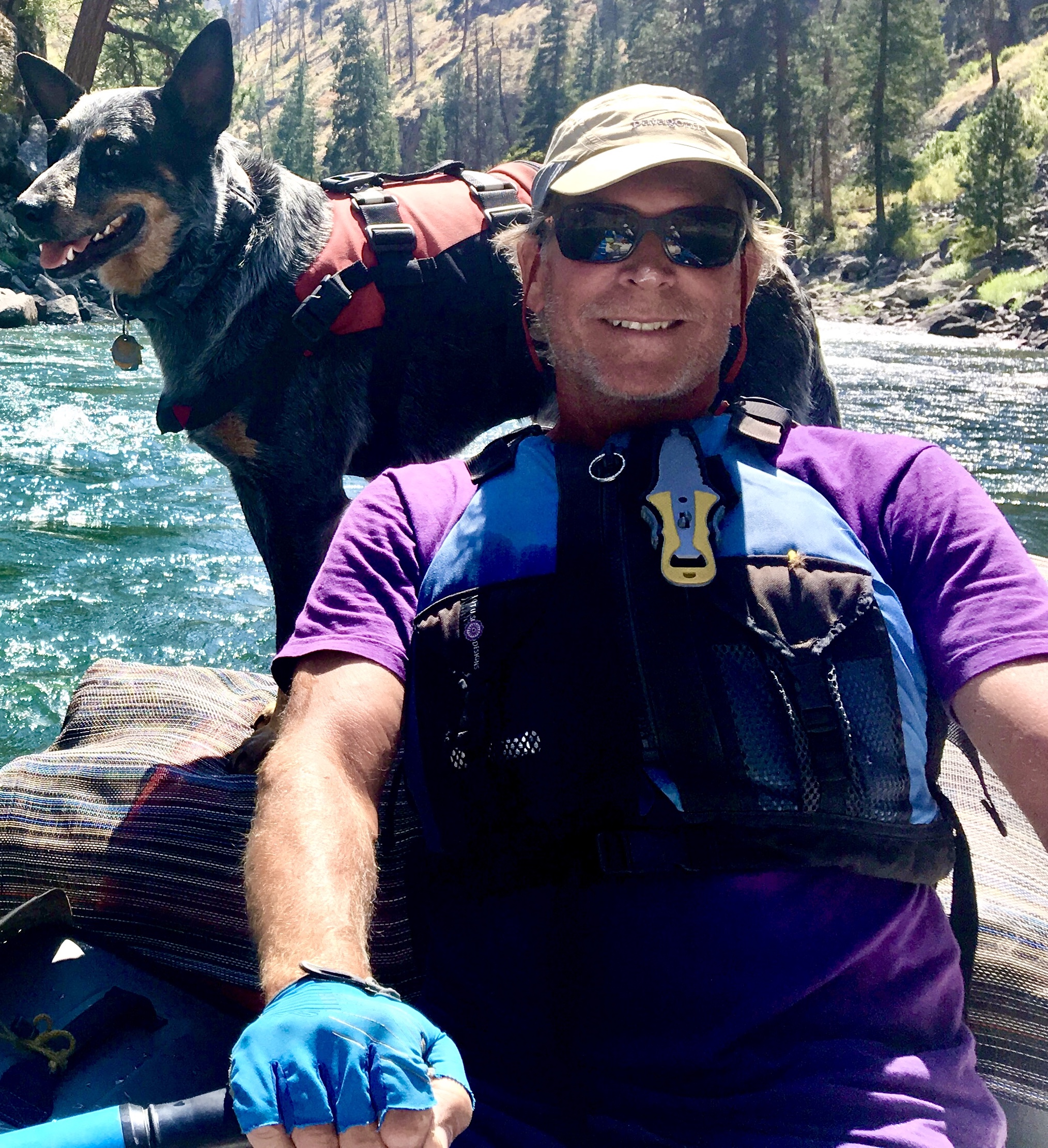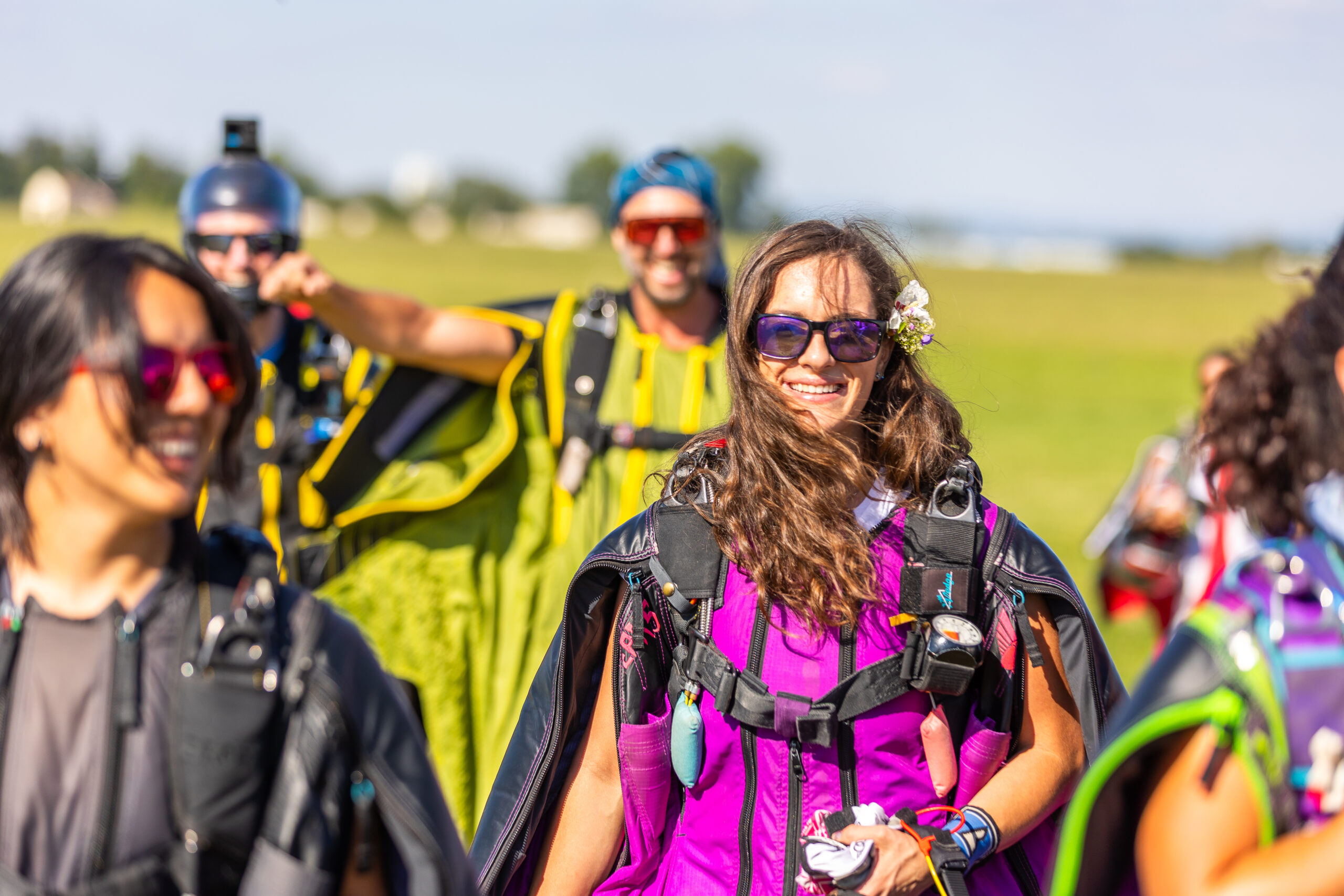Some information may be outdated.
What do Colorado’s Front Range and the Californian coast have in common? They’re both fed by the Colorado River, one of the country’s most massive waterways. Despite its size, the river and its reservoirs have reached perilously low water levels due to increased use and the impacts of climate change. This week, Science Moab speaks with Brian Richter, the president of the organization Sustainable Waters, about the hazards of such limited water and how the Southwest is responding.
Science Moab: Where does Colorado River water come from and who’s using it?
Richter: More than 90% of all the water that flows through the Colorado River comes from snowmelt in the Rocky Mountains. The biggest user by far is irrigated agriculture; they take about half of the river, and then cities take another quarter. Of the remaining quarter, part goes to Mexico, and then part of it is lost to evaporation.
This usage is partially laid out by the 1922 Colorado River Compact, which divides the water in the Colorado River between “Upper Basin” states — Colorado, Wyoming, Utah, and New Mexico — and “Lower Basin” states, which are California, Arizona, and Nevada. Moreover, the Colorado River Compact requires that the Upper Basin must send a fixed volume of water downstream from Lake Powell every year for the Lower Basin to use.
Science Moab: At the start of 2021, Lake Powell was at 41% of its capacity. Why should we be so concerned that Lake Powell levels continue to fall to all-time lows?
Richter: Lake Powell serves three really important benefits. One is that it generates hydropower from the Glen Canyon Dam, which provides electricity throughout the southwestern United States. Two, Lake Powell is important for tourism, which is impacted by falling water levels. But by far the biggest concern is that if Lake Powell drops by another 85 feet — and for reference, the lake level dropped by more than 30 feet [in 2020] — then the lake will drop below the hydropower outlets, so all the electricity production out of Glen Canyon Dam will stop. But even worse is that it will become physically impossible to move enough water into the Lower Basin states to provide for their water needs.
If we end up in that situation, it’s going to cause a crisis. It’s almost certain that the Lower Basin states would issue a “compact call,” forcing the Upper Basin states to drastically and rapidly reduce their water use to send more water downstream. And remarkably, some of the first users getting cut off in that scenario are the big cities: Denver, Colorado Springs, Albuquerque. And this cascade would all start with Lake Powell dropping too low.
Science Moab: Can you explain how climate change has accelerated this looming issue?
Richter: More than 90% of the water in the Colorado River comes from melting snow in the Rockies. But instead of melting and draining into the river, the snowpack is now evaporating to a much greater extent because of the warmer temperatures. Climate scientists are now estimating that during the past two decades, that’s caused the river flow to decrease by about 10%.
Science Moab: How do we respond?
Richter: We have to reduce how much water we’re using. It’s as simple as that. The good news is that the big cities and the Lower Basin states have been doing a terrific job in reducing their use.
The really critical problem at this point is that the Upper Basin states haven’t made any progress in reducing their use. There’s been a lot of talk about the need to do so, but there hasn’t been any action. It’s also time to substantially reduce how much water is being used for farming.
Science Moab: Given all the risks associated with Lake Powell drying up, why do you think the levels got so low before any red flags were raised?
Richter: My observation has been that people don’t seem to respond to water problems until they get hurt pretty badly. I wish that wasn’t true, and I hope the managers of the Colorado River will start acting boldly enough to avert a horrific disaster. Understandably, they’re careful not to sound the alarm too early. But now it’s very, very clear that they need to do something big and they need to do it quickly.
Science Moab is a nonprofit dedicated to engaging community members and visitors with the science happening in Southeast Utah and the Colorado Plateau. To learn more and listen to the rest of Brian Richter’s interview, visit www.sciencemoab.org/radio. This interview has been edited for clarity.
Appreciate the coverage? Help keep local news alive.
Chip in to support the Moab Sun News.





